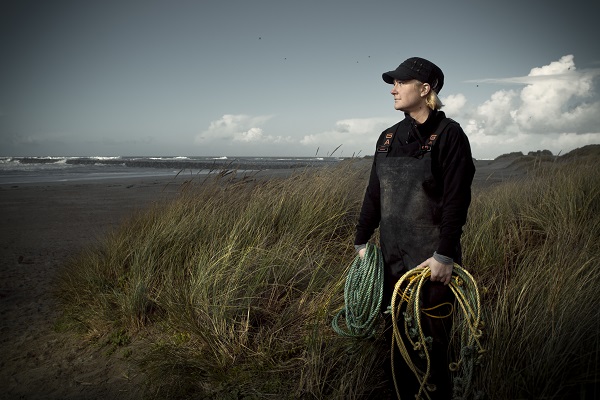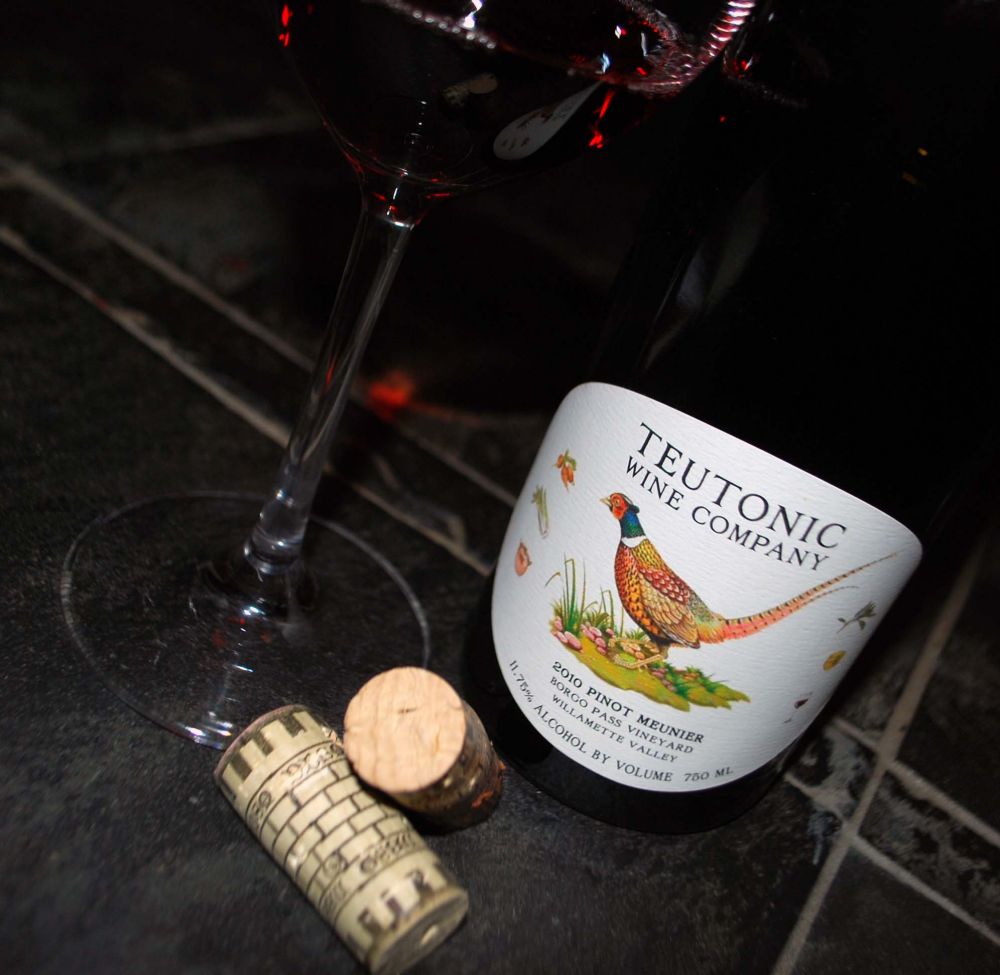Personality can be defined as the evident traits in one’s character as it impresses
another. To say that every wine embodies its own personality would not be a bold
enough statement. How each winemaker influences their wine’s personality is
reminiscent of parent’s influence on some of the personality traits of their child.
Each wine may start from the same place, but both nature and nurture will predict
the qualities it expresses in the end.
In the second part of the Behind the Wine Label series, we’ll take a closer look at
some of Oregon’s male winemakers and how they’re imprinting their personality
stamp on their wines.
Thomas Houseman: Anne Amie Vineyards

After spending six years as a modern dancer in New York, New York, Anne Amie
Winemaker Thomas Houseman danced his way into the Oregon wine scene
in search of sunrises, sunsets and a connection to nature. Houseman has been
stealing the spotlight in Oregon winemaking ever since. Over the last decade, he
has come into his own style. All his wines are remarkable, but his white wines are
showstoppers. From the müller thurgau to the prismé pinot noir blanc, wine lovers
everywhere give him a standing ovation. “White wines don’t get their due, they’re
like second class citizens,” said Houseman. Describing the purity of white wine like
a man of the stage, he continued, “White wines are like red wines without all the
makeup; they’re not all dressed up with oak and tannins.”
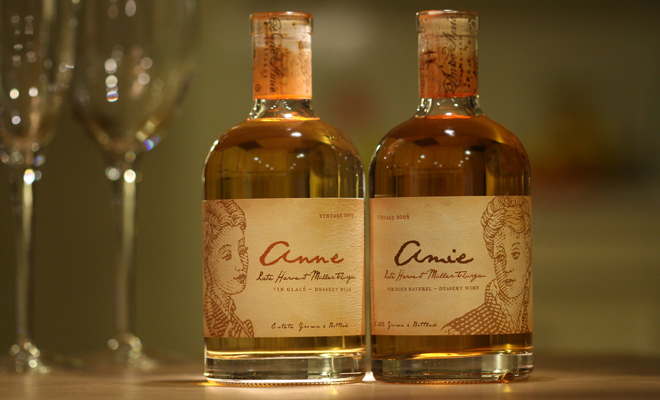
photo by NowDesign
When Houseman joined Anne Amie in 2007, he inherited the existing label but was
also given carte blanche to completely change the image of the winery. He made the
wines in his own style and launched the modern and approachable Cuvée A label. He
also produced the more glamorous reserve labels L’Iris pinot noir and Prismé pinot
noir blanc, which have received much public attention and critical acclaim. He also
started making two remarkable dessert wines from late harvest müller Thurgau.
One is fortified and the other is crafted in an ice wine style. I do have a secret to
share, just between you and me: Houseman says we can anticipate the February
release of a new Brut Rosé. Bubbles!

Houseman is always experimenting with new projects, those that stretch him as
a winemaker. He says winemaking and dancing have many similarities. There is
always the performance factor. He still finds himself on stage at releases, winemaker
dinners and events. Then he retreats back to his lab for “rehearsal,” where he hones
his craft until his next big performance.
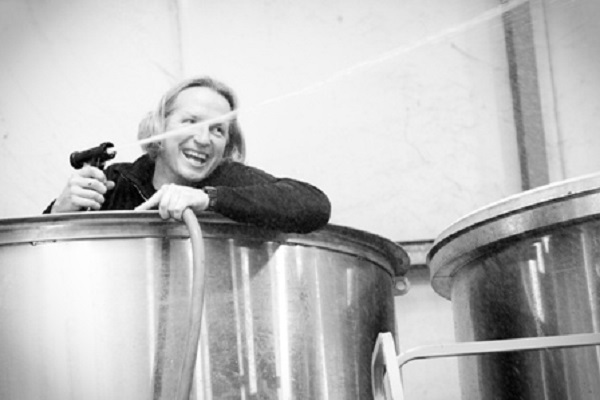
Making wines he believes in has become Houseman’s formula for success—pretty
wines that are acid-driven and graceful. They are ideal food wines, with the right
food pairing making them sing (and dance). When asked which wine is Houseman’s
favorite, he gets excited. “I’m most in interested in my pinot gris rosé because it goes
against what people expect. And also because it’s amazing with popcorn covered in
Da Sauce by Sok Sab Bai.”
Barnaby Tuttle: Teutonic Wine Company
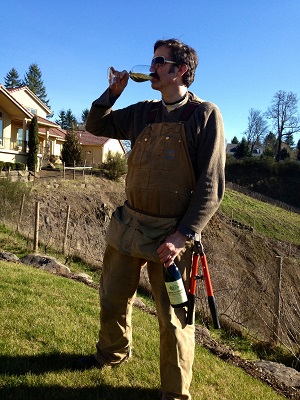
In 2000, Barnaby Tuttle started making hobby wines in the Mosel style from nine
rows of grapes in his backyard. In 2008, he produced the first Teutonic commercial
vintage, a pinot noir-pinot meunier that paired perfected with quail, duck and
squab. The fowl pairing inspired the recognizable bird on his label, a nod to the slow
food movement. According to his wife and co-owner Olga Tuttle, “The label also
recognized that Barnaby likes to go hunting more than anything in the world.”
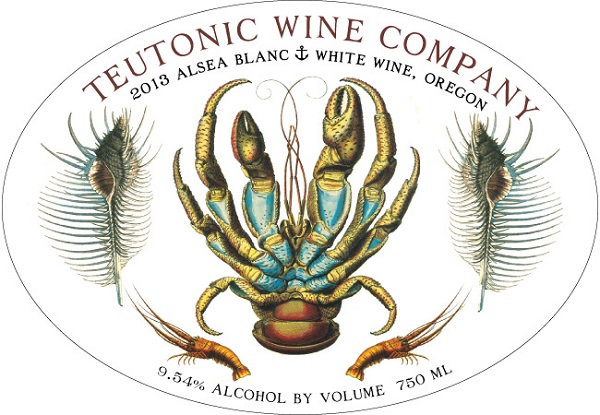
As the Tuttle’s portfolio has grown, the couple has developed new labels. An old-
world, Germanic-style castle with Swiss-like mountains in the background sets the
scene for their Laurel Vineyard wines—and represent the vineyard’s high elevation.
Teutonic’s wine labels include food icons on the side, indicating what foods best pair
with the wine’s personality. The Alsea Blanc label is a crusty crab. Can you guess
what type of food pairing they recommend? There’s also a boar label; you see where
I’m going with this.
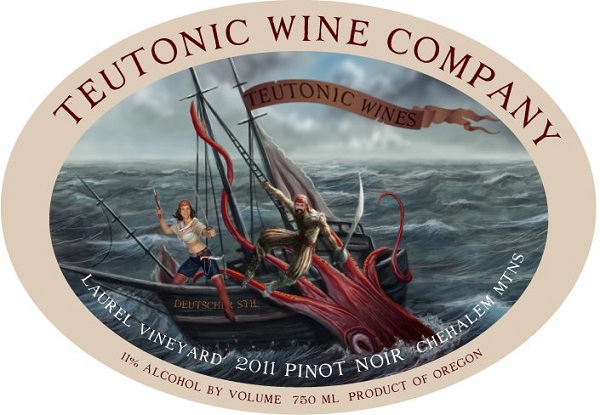
The labels exude a classic European style, and describe the Tuttles’ wines to a “T”.
Tuttle said that three things set Teutonic wines apart from others in this region:
wild fermentation, neutral oak and not giving the grapes a period of cold soak before
they are pressed. The result is fruit-forward red wine that drinks more like white.
The wines are light, lithe, and crisp, with low alcohol and racy acidity. The 2012
pinot meunier tastes of cherry licorice, pomegranate and strawberry. The vintage is
pure red fruit with mouth-pleasing minerality, sans distractions of barrel notes.
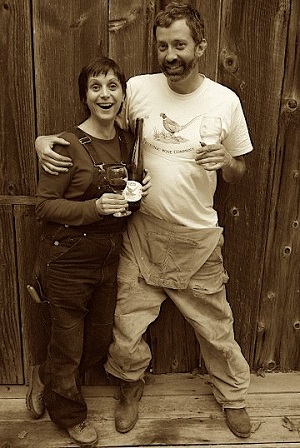
As most winemakers I speak with seem to be, Tuttle is humbled by his success. “I
wake up and pinch myself every day. I get to make the wines I want to drink,” he
said. In his spare time, one of his greatest pleasures is rediscovering lost wines of
the world and wines from lesser-known regions. For instance, the Teutonic white
blend (currently sold out) is a blend of white pinot noir, müller thurgau, silvaner
and chasselas (from David Hill Vineyard’s 46-year-old vines).
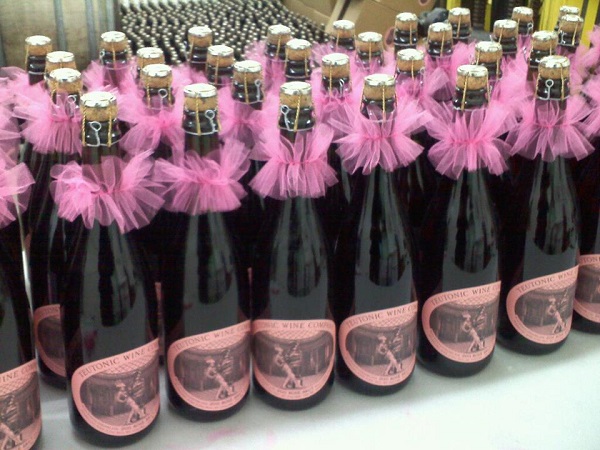
The Tuttles are both full of quirky personality, and it comes through in every bottle
and label. Olga Tuttle is a marketing savant. She’s used drawings Barnaby drew in
the fourth grade (including one his teacher would not hang alongside the rest of the
class’ drawings) to humorously relate to the wine. One drawing represents their
daily battles in the wine industry, titled The Crackin’. According to Olga Tuttle, “The
Crackin’ represents … everything from mold in the vineyard to lousy weather, lack
of funds, red tape—it’s our battle wine.” When faced with the challenge of how to
let consumers know they’d produced a pink sparkling rosé, Olga thought to put pink
tutus on the bottles. I want a pink tutu on my bottle!
Rollin Soles: Roco Winery

Rollin Soles was bitten by the wine bug while working in Switzerland and has since
worked in wineries the world over. After twenty years of dreaming, research and
planning, he produced his first vintage of Roco wine in 2003 (when he was still head
winemaker for the prestigious Argyle Winery in Dundee), producing 100 cases of
Private Stash pinot noir from his own estate. Soles and his wife, Corby Stormbraker-
Soles, have since increased their production to 5,000 cases. When asked about
owning his own winery, Soles said, “Sharing Roco with my wife Corby is the best
part.” (awwwww).
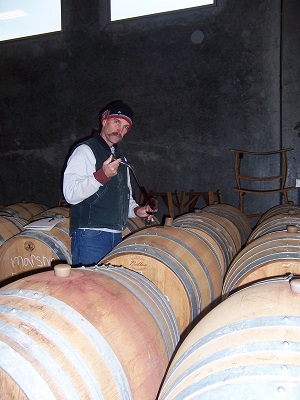
Stormbraker-Soles personally designed the labels using woodblocks from an
artist in Yamhill County. The labels are simple, strong, creative and playful, much
like Soles and his wines. The ancient petroglyph of the thunderbird on the labels
represents the area’s intriguing history, as well as Rollin Soles’ thirty-year Oregon
winemaking history. The Soles believe it captures the region’s wild essence.
Soles is proud of Oregon’s overdue national and international recognition as a
reputable wine region, and said he’s most excited that he’s survived thirty years in
the Oregon wine world. But survived is an understatement. He’s helped put Oregon
on the map as a world-class producer of sparkling wines. “Sparkling wine was one
wine I could make with consistent high quality year after year,” he said.
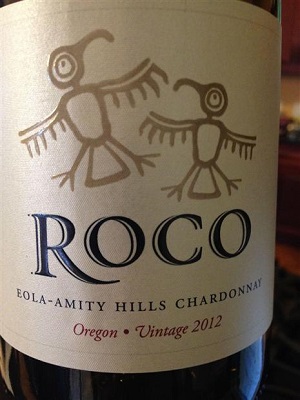
Still, consistency isn’t everything. Soles said that because the region’s vintages are so
different from year to year, wine drinkers benefit from the diversity and variability
each vintage brings. “We had to become better farmers, and winemakers have to
show their skills because they can’t just rely on making wines by recipe,” said Soles.
All in all, Soles stays true to himself. Roco wines focus on elegance and the whole
package. Soles say his goal is to find the right balance between tannin, alcohol and
ripe fruit. He seeks balance between grace and power, while maintaining a solid
core of juiciness. He credits his audience for allowing him to make wine and said,
“Even if it’s a small audience, if you focus on quality, growth will come.”
These examples provide just a glimpse into the personality behind the label. The
next time you’re wandering the aisles looking for a bottle, seek out those from
smaller producers. You can be confident they will be full of charming personality.

